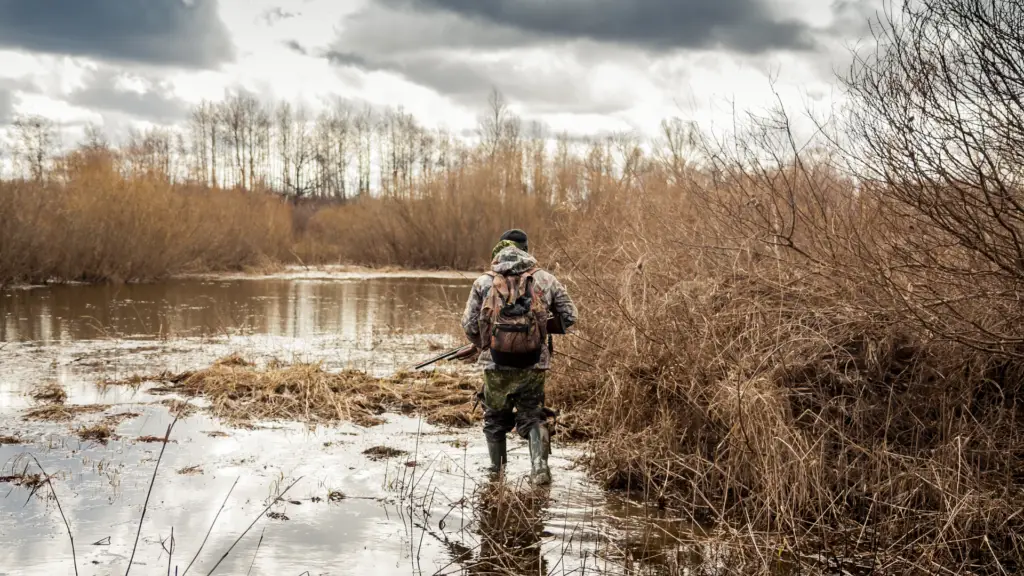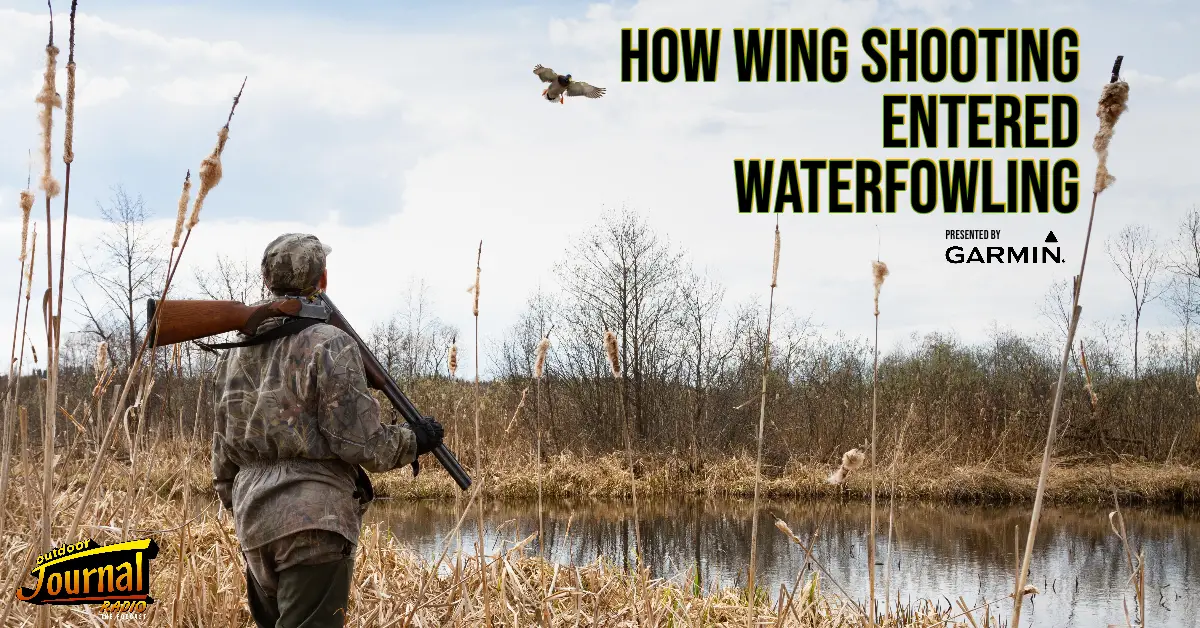Shooting ducks on the water is one of the true faux pas in the hunting world, joining the shooting of roosted turkeys and the swatting of grouse in separating the sportsmen from the savages. However, this wasn’t always the case. Though this attitude towards shooting sitting ducks may be dominant today, the wing-shooting and sporting component of duck and goose hunting is a relatively new phenomenon and one that has surprising origins.
History of Waterfowl Hunting
Although the version of the activity we see today got its origins just a few hundred years ago, the tradition of hunting waterfowl, both for food and sport, dates back to ancient times. 12,000-year-old cave paintings are some of the earliest depictions of waterfowl hunting we have uncovered, painted during a time when glaciers covered much of North America and the mammoths still roamed parts of the earth. Fast forward roughly 7,000 years, to the time of ancient Egypt, and waterfowl hunting continues its societal importance, enough so to be inscribed in tombs within the pyramids.
One of the best-preserved examples of this is in the tomb chapel of Nebamun, where a mural dedicated to the scribe displays him hunting fowl in the marshes alongside his family.

5,000 years after this tomb was inscribed, the waterfowl hunting we see today began to take form in North America, as indigenous peoples began to use decoys to lure in passing birds to land within bow range. Some of the best-preserved examples of these decoys were found in a cave in Nevada, where nearly a dozen decoys made from reeds, bulrush, and feathers were found alongside ancient hooks and nets.

As mentioned above, these decoys were designed to fool the ducks into landing and, due to the inefficiency of shooting flying birds, shooting a duck or goose “on the wing” was likely an unheard-of practice reserved for showoffs and lunatics. The shooting of sitting ducks would remain commonplace in waterfowl hunts for centuries until the wing-shooting code of ethics hit the scene some 1,500 years later.
The Introduction of Wing-Shooting

The sustenance practice of shooting sitting ducks continued for thousands of years, even into the era of guns. 16th-century hunting records in Europe documented this rather frequently as hunters and their clunky black powder weapons were required to stalk game birds through swampy terrain in order to get an opportunity for a shot. The shooting of flying birds didn’t come into favour until roughly a century later when flintlock shotguns entered the scene, sparking a transition from shooting for sustenance to shooting for sport.
The transition from ground swatting to wing-shooting was a quick one. As flintlock shotguns became more commonplace, bird hunters would often wait for the birds to begin flying before taking their shot, a frowned-upon practice known today as rough-shooting. While this rough shooting did provide foundations to the “artful” component of modern-day water-fowling, this style of hunting was likely out of necessity due to the close range these guns required and the high likelihood of spooking sitting birds.
By 1600, this rough-shooting was rapidly evolving into the overhead shooting we see today. The earliest depiction of this practice can be seen in Giacomo Franco’s illustration of Venetian waterfowling, dated 1609. This practice spread quickly across the pond through the colonizing of North America which began exploding later that year and across the world through the trade of higher-efficiency firearms.

One of the first written descriptions of shooting ducks on the wing came from the English author Richard Blome when he published his Gentleman’s Recreation in 1686, where he described the art of shooting fowl in the air. As the title would suggest, much of the book was dedicated to the superior sport wing-shooting provides, however, ethical justifications were also given to establish the practice as elite not just for sport, but also for obtaining meat. This can be observed in his section on the advantages of wing-shooting, where he states:
“When your Game is on the Wing, it is more exposed to Danger; for if but one shot hits any Part of its Wings so expanded it will occasion its Fall.”
While this statement may be rather simple and undeniable from a modern perspective, the text from which it was taken proved revolutionary in the way we hunt fowl and planted the seeds of our current view on proper waterfowling.
The Ethics of Shooting Ducks on the Water

Although the practice is widely frowned-upon, shooting ducks on the water is perfectly legal throughout much of Canada and the United States. The reason for this is that the purpose of waterfowl hunting is to kill a bird, retrieve it, and eat it; a goal which can surely be obtained whether the duck is in the air or not.
In fact, some could even argue that in seeking the cleanest possible kill, shooting a sitting duck could actually be more ethical from a sustenance point of view, reducing the amount of damage to both breast meat and human teeth when shotgun pellets are scattered throughout your meal. While I have never shot a duck on the water myself, I am a frequent “swatter” of grouse for this exact reason and have enjoyed plenty of lead-free grouse meals because of it.
The strange ethical question of whether it is okay to shoot sitting ducks becomes even more interesting when you look at the opposite side of the coin: the wild turkey. Like ducks, geese, and grouse, turkeys are also highly sought-after game birds that are hunted with shotguns and come with their own set of ethical codes. In the turkey hunting world, shooting a bird on the wing is highly frowned upon and would be unthinkable amongst turkey hunting enthusiasts.
In fact, the intentional flushing of a wild turkey in order to shoot it in flight would almost be considered cruel in some hunting circles, greatly reducing the efficiency of the shot and damaging meat that would have been untouched should the bird have been shot on the ground. Yet, as the spring turns to fall, these same hunters will gladly shoot a duck as it flies toward their decoy.
The Takeaway
As someone who has admittedly never shot a duck on the water, I am by no means calling for a duck-swatting revolution. In fact, especially considering the ricochet factor of shooting near water and the highly populated areas in which many of us duck hunt, wing-shooting birds may in fact be the best way to hunt them. I am suggesting, however, that perhaps it is time to rethink the strange sportsmanship practices we have attached to the pursuit of certain game animals and reexamine the origins of some of the odd things hunters find to be taboo.





